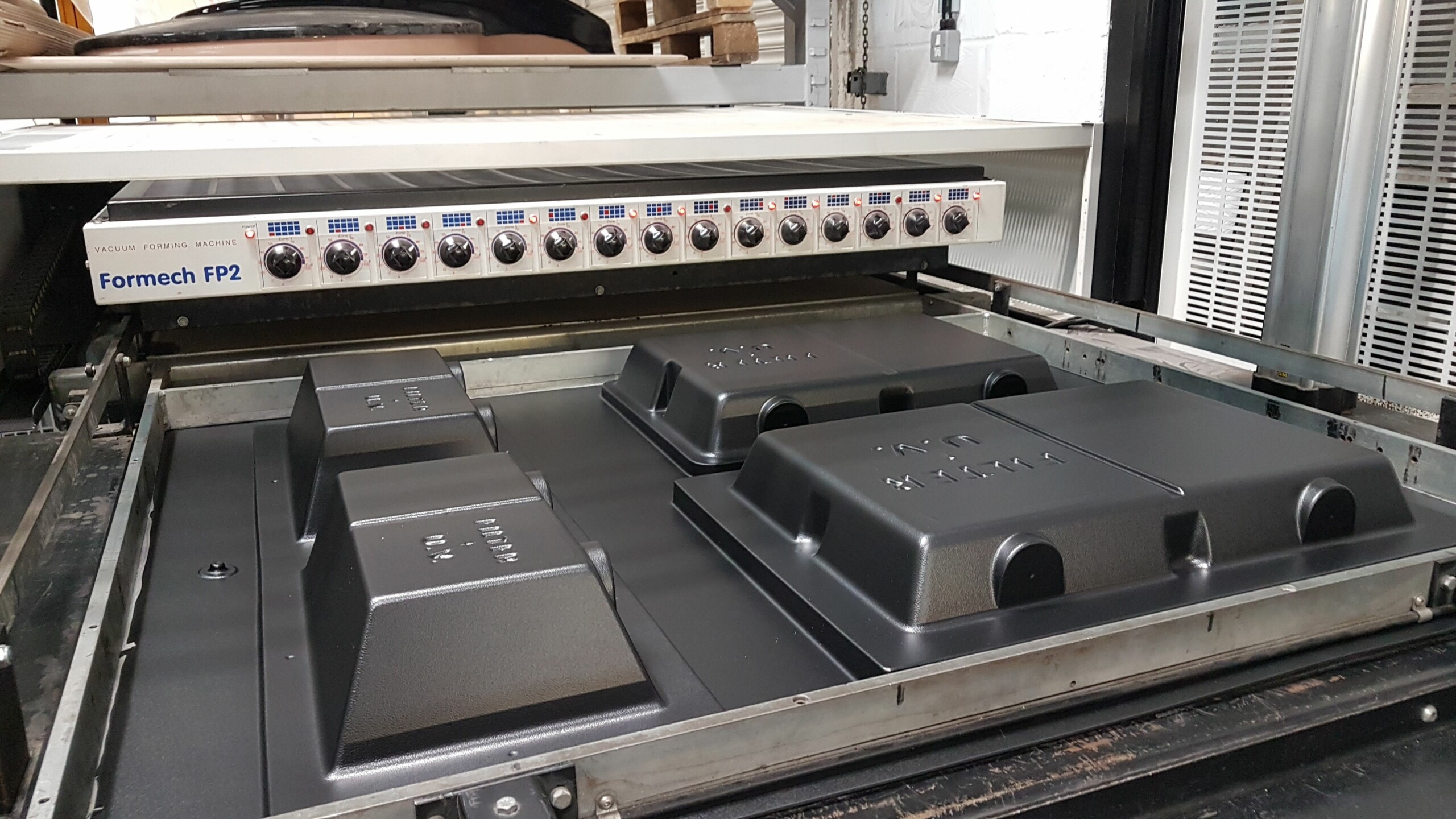Understanding Vacuum Forming
Understanding Vacuum Forming
Blog Article

Vacuum forming is a cost-effective polymer-based molding technique that involves heating a plastic sheet until it becomes pliable, then using vacuum pressure to shape it over a pre-designed mold.
Step-by-Step Vacuum Forming Process
The process begins with a polymer sheet being heated until it reaches the ideal forming temperature. Once the material is ready, it is draped over a template, and a vacuum is applied to draw the material tightly over the mold, achieving the intended shape.
After forming, the material is solidified to retain its shape. The final product is then refined to remove unwanted material and processed for distribution.
Where Vacuum Forming is Used
This technique is widely used in various industries, including packaging, to produce tailor-made components. Some frequent products made using vacuum forming include:
- Automotive parts
- Clamshell containers
- Medical device casings
- Retail displays
Benefits of Vacuum Molding
One of the biggest pros of vacuum forming is its cost-effectiveness. Other significant benefits include:
- Fast manufacturing process
- Affordable molds
- Flexibility in design
- Lightweight materials
Final Thoughts
For businesses looking for an scalable plastic manufacturing solution, vacuum forming provides a highly adaptable option.
Vacuum Forming Report this page